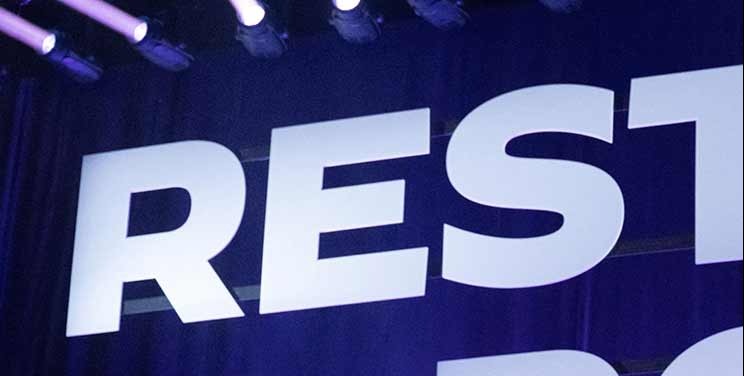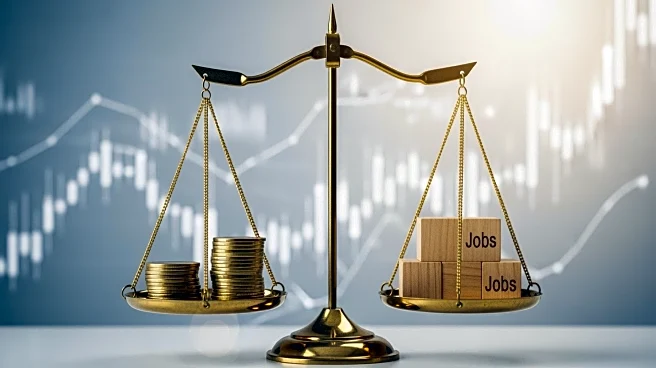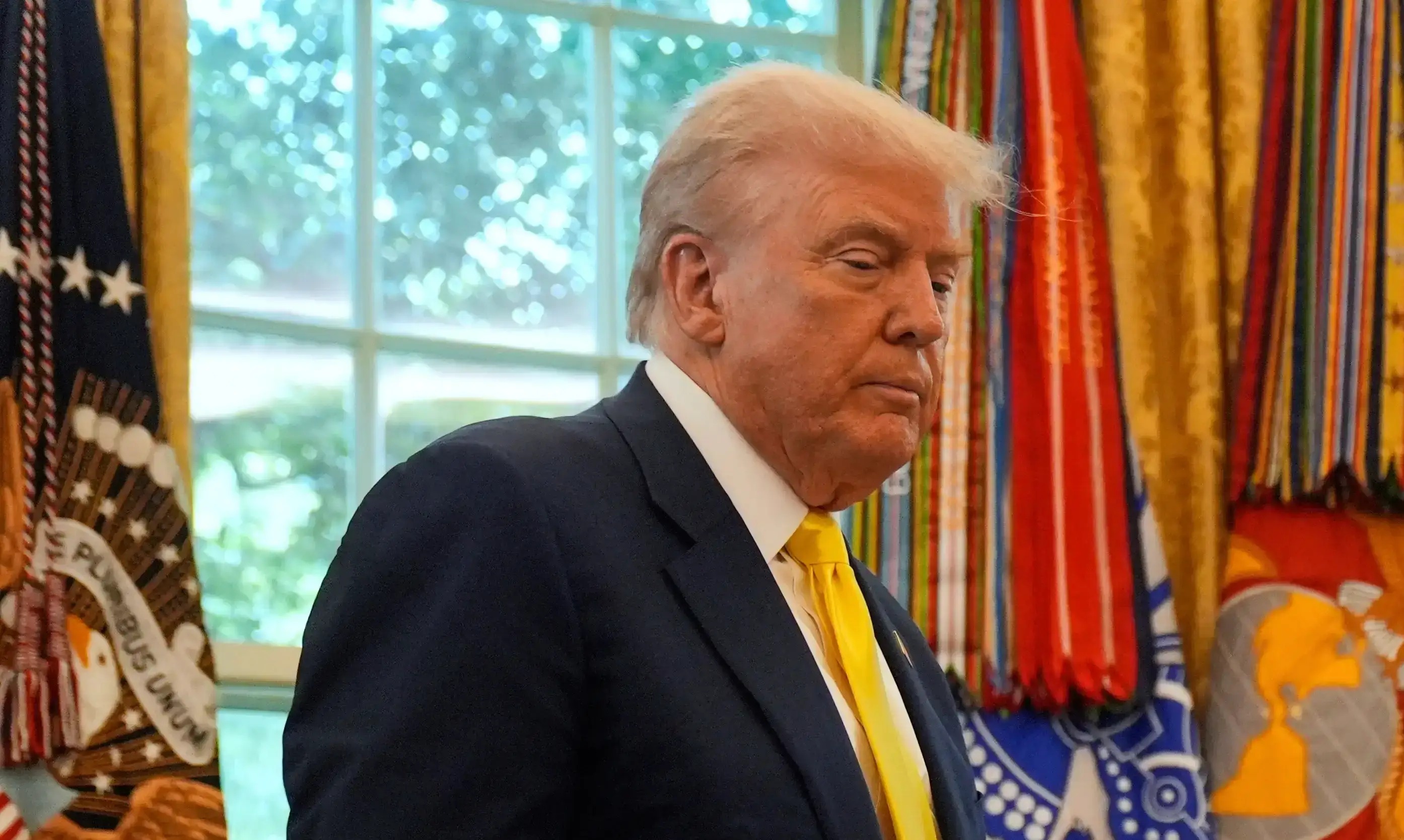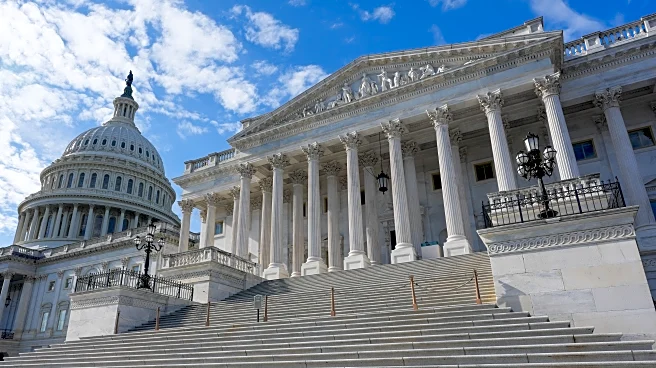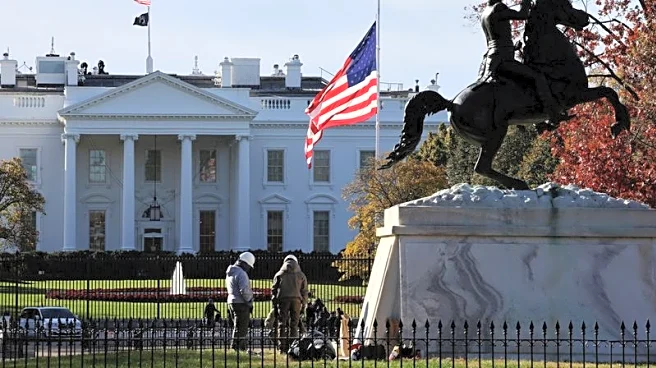What's Happening?
President Trump has proposed an informal plan to provide a $2,000 stimulus payment to low- and middle-income Americans, funded by tariffs. This proposal, shared on Truth Social, aims to boost economic
activity by putting money directly into the hands of consumers. The plan is reminiscent of fiscal stimulus measures used during the COVID-19 pandemic. However, there are concerns about the feasibility and potential negative consequences of this proposal. The revenue from tariffs, which totaled approximately $195 billion in fiscal year 2025, may not be sufficient to cover the cost of the stimulus. Additionally, there are fears that such a stimulus could reignite inflation, which had previously surged to a four-decade high during the pandemic.
Why It's Important?
The proposal could have significant implications for the U.S. economy. While it aims to stimulate economic activity and support a weakening job market, the potential for increased inflation poses a risk. Inflationary pressures could lead to stagflation, a scenario where inflation and unemployment rise while economic growth stagnates. This would present a complex challenge for the Federal Reserve. Furthermore, the use of tariff revenue for stimulus payments could exacerbate the national debt issue, as it may not contribute to reducing federal deficits. The proposal highlights ongoing debates about the best ways to support economic growth and manage fiscal policy.
What's Next?
If President Trump moves forward with this proposal, it will likely face scrutiny from economic analysts and policymakers. The potential inflationary impact and the sustainability of using tariff revenue for stimulus payments will be key points of discussion. Stakeholders, including businesses and political leaders, may weigh in on the proposal's merits and drawbacks. The administration will need to consider the long-term economic implications and the potential need for additional measures to address inflation and national debt concerns.
Beyond the Headlines
The proposal raises questions about the broader economic strategy under President Trump's administration. It reflects a continued focus on tariff and trade policies as tools for economic management. The potential for unintended consequences, such as inflation and increased national debt, underscores the complexity of balancing short-term economic boosts with long-term fiscal stability. The proposal also highlights the challenges of addressing economic disparities and supporting low- and middle-income Americans in a sustainable manner.


